The Silent Saboteur: How to Protect Your Home from Hidden Damage
Your home is your sanctuary, a place where you should feel safe and secure. However, there are numerous hidden threats that can silently sabotage your property, leading to significant damage before you even notice. These issues are often not immediately visible but can cause lasting damage over time. From water leaks hidden behind walls to the slow effects of humidity or pests, hidden damage can go undetected until it’s too late.
What Are The Common Signs Of Hidden Damage In A Home?
Hidden damage can sometimes be difficult to detect, but there are several key signs that homeowners should watch for. These indicators often point to underlying issues that, if not addressed, can lead to major structural or financial consequences. Here are some of the common signs that suggest hidden damage may be occurring in your home:
- Musty Odors: If you detect a persistent musty smell, especially in areas like the basement, attic, or bathroom, this could be a sign of mold or mildew growth, which often results from excess moisture. While you may not see the mold, it could be lurking in hidden corners or behind walls, feeding off the moisture from a leak or poor ventilation.
- Water Stains on Walls or Ceilings: Brown or yellowish water stains on your walls or ceilings are often a clear sign that there’s hidden water damage. These stains may appear well after the water has been absorbed, leaving visible marks without showing the full extent of the damage beneath.
- Sagging or Warped Floors: Floors that begin to sag or warp without obvious external cause can indicate that there’s been water damage. This could be the result of leaks from pipes, faulty appliances, or even structural issues that are causing your floors to bow under pressure.
- Cracks in Walls or Foundations: Small cracks in walls or around windows and doors can seem minor at first, but they can be a sign of shifting foundations or structural issues. If these cracks continue to grow over time, they could indicate a much more serious problem that requires immediate attention.
- Increased Utility Bills: If you notice that your energy bills or water usage have suddenly increased, this can be a sign of hidden damage. For example, a leak in your plumbing or an issue with insulation could cause heating or cooling systems to work harder, leading to higher energy consumption.
- Pest Infestations: The presence of pests, particularly termites, rodents, or carpenter ants, can signal hidden damage. These pests often make their homes inside your walls, chewing through wood or insulation. It’s important to inspect the structural integrity of your home regularly if you notice unusual pest activity.
- Poor Air Quality: Poor ventilation or hidden mold growth can result in poor air quality in your home. If you or your family members begin to experience respiratory issues, allergies, or unexplained coughing, it could be a sign of hidden damage from mold or stagnant air.
How Can I Prevent Hidden Damage From Occurring In My Home?
Preventing hidden damage is all about staying proactive and regularly maintaining your home. With the right strategies in place, you can catch small issues before they develop into larger, more expensive problems. Here are some preventive steps you can take:
- Regular Inspections: The best way to prevent hidden damage is to inspect your home regularly. Perform monthly or quarterly checks around your property for early signs of trouble. This includes looking for water stains, cracks, or any signs of pest activity. The sooner you notice an issue, the sooner you can address it.
- Proper Ventilation: Ensure that your home is well-ventilated to avoid moisture buildup, which can lead to mold or mildew. Use exhaust fans in kitchens, bathrooms, and laundry areas, and keep attics well-ventilated to prevent humidity from becoming a problem. Investing in a dehumidifier in high-humidity areas can help reduce the risk of mold growth.
- Install Water Leak Detection Systems: Water damage is one of the most common causes of hidden damage in homes. Installing leak detection systems can help you catch leaks early before they have a chance to cause significant damage. These systems can alert you to leaks in your plumbing or appliances and allow you to take immediate action.
- Maintain Your Roof and Gutters: Regular roof maintenance is crucial to preventing hidden damage. Clean gutters regularly, inspect your roof for cracks or missing shingles, and repair any damage promptly. This helps to prevent water from seeping into your home through small cracks or leaks in the roof.
- Seal Cracks and Gaps: Small cracks in your walls, ceilings, or foundation may seem insignificant, but over time, they can allow water, pests, or air to infiltrate your home. Seal cracks in windows, doors, and around your foundation to prevent further damage from occurring.
- Pest Control: Regular pest control treatments can prevent infestations that can cause hidden damage to your home. Whether it’s termites, rodents, or carpenter ants, pests can destroy wooden structures, insulation, and electrical wiring, so regular treatments are essential for prevention.
- Proper Insulation: Insulation not only helps with energy efficiency but also protects your home from moisture damage. Ensure that your attic, basement, and crawl spaces are properly insulated to avoid condensation, which can lead to mold and mildew growth.
- Waterproofing Your Basement: If your basement is prone to flooding or dampness, consider investing in waterproofing solutions. These can include installing sump pumps, sealing basement walls, or adding drainage systems to redirect water away from your home’s foundation.
What Are The Most Common Causes Of Hidden Damage In Homes?
Several factors can lead to hidden damage in homes, and understanding these causes can help you take preventive action. Here are some of the most common sources of hidden damage:
- Water Leaks: One of the leading causes of hidden damage in homes is water leaks. These can occur in plumbing, roofs, windows, or even appliances like dishwashers and refrigerators. Leaks may not always be visible, but over time, they can lead to water stains, mold growth, and weakened structural components.
- Pests: As mentioned earlier, pests like termites, rodents, and carpenter ants are common culprits of hidden damage. These pests often invade your walls and attic spaces, chewing through wood, wiring, and insulation. If left untreated, infestations can cause severe structural damage that can go unnoticed until it’s too late.
- Poor Ventilation: Without proper ventilation, moisture can build up in your home, leading to mold growth, wood rot, and damage to insulation. Poor ventilation in areas like the attic or basement can cause moisture to accumulate and affect the air quality and structural integrity of your home.
- Settling Foundations: Over time, houses naturally settle, but if this settling is uneven, it can lead to cracks in walls, ceilings, and the foundation. These cracks may be small at first, but they can grow and cause serious damage if not addressed promptly.
- Temperature Fluctuations: Extreme temperature changes can cause materials in your home to expand and contract, leading to cracks, gaps, and other forms of damage. In colder climates, for example, frozen pipes can cause significant damage to walls, ceilings, and flooring.
- Neglected Maintenance: Lack of maintenance on critical systems such as plumbing, HVAC, and roofing can lead to hidden damage. Clogged gutters, dirty HVAC systems, and outdated plumbing systems can all cause gradual, hidden damage that, if left unchecked, can lead to more expensive repairs.
How Often Should I Inspect My Home For Hidden Damage?
Inspecting your home for hidden damage should be a routine part of homeownership. While you don’t need to perform a full inspection every week, setting aside time to regularly check specific areas of your home can help you catch small issues before they become large ones. Here’s a suggested schedule:
- Quarterly Checks: Every three months, do a quick visual inspection of key areas, including your roof, gutters, windows, and basement. Look for any signs of leaks, cracks, or water stains. Check your appliances for signs of wear and tear.
- Seasonal Inspections: Perform more in-depth inspections at the beginning of each season. Before winter, inspect your attic and pipes for insulation and leaks. In the spring, check your foundation for damage from ice or moisture during the winter months.
- Annually: Schedule a professional inspection once a year to check systems like HVAC, plumbing, and electrical. A professional can identify hidden damage that you might not be able to spot on your own.
- After Severe Weather Events: If your area experiences severe storms, high winds, or heavy rain, it’s important to inspect your home for any new damage. Look for leaks, roof damage, or shifts in the foundation.
Hidden damage is the silent saboteur of many homes, causing long-term issues that may not be apparent until it’s too late. From water leaks and pest infestations to poor ventilation and settling foundations, the factors that contribute to hidden damage are varied, but they all share one common trait: they can often go unnoticed.
By staying proactive and conducting regular inspections, maintaining critical systems, and addressing small issues before they grow, you can protect your home from the costly consequences of hidden damage. With the right preventive measures in place, your home can remain a safe, secure, and comfortable space for years to come.
Why Choose United Water Restoration Group of Charlotte for Hidden Damage Prevention?
At United Water Restoration Group of Charlotte, we understand that hidden damage can cause significant harm to your property if not caught early. Our team of experts is committed to providing fast, reliable, and thorough services to detect, prevent, and repair hidden damage before it leads to costly repairs. Here’s how our services can benefit you:
- Comprehensive Damage Inspections: Starting at $150, our detailed property inspections can uncover hidden damage, including water leaks, mold growth, and structural issues that may not be immediately visible. We provide detailed reports to help you take action before the damage worsens.
- Water and Mold Remediation: If we find water or mold-related damage, we offer expert remediation services starting at $500. Our team uses advanced technology to remove moisture, repair leaks, and treat affected areas to prevent further damage.
- Emergency Services: For urgent situations, we offer 24/7 emergency response at competitive rates, ensuring your home or business is protected from hidden damage, no matter when it occurs.
- Preventive Maintenance Plans: We offer tailored maintenance plans to ensure that your property remains in top condition year-round, with regular inspections and services designed to prevent hidden damage from recurring.
Don’t Let Hidden Damage Take a Toll on Your Property!
Protect your home or business from the silent threats of hidden damage. Contact United Water Restoration Group of Charlotte today for an inspection, repair, or preventive maintenance plan. Our expert team is ready to help you safeguard your property and prevent costly issues down the line!
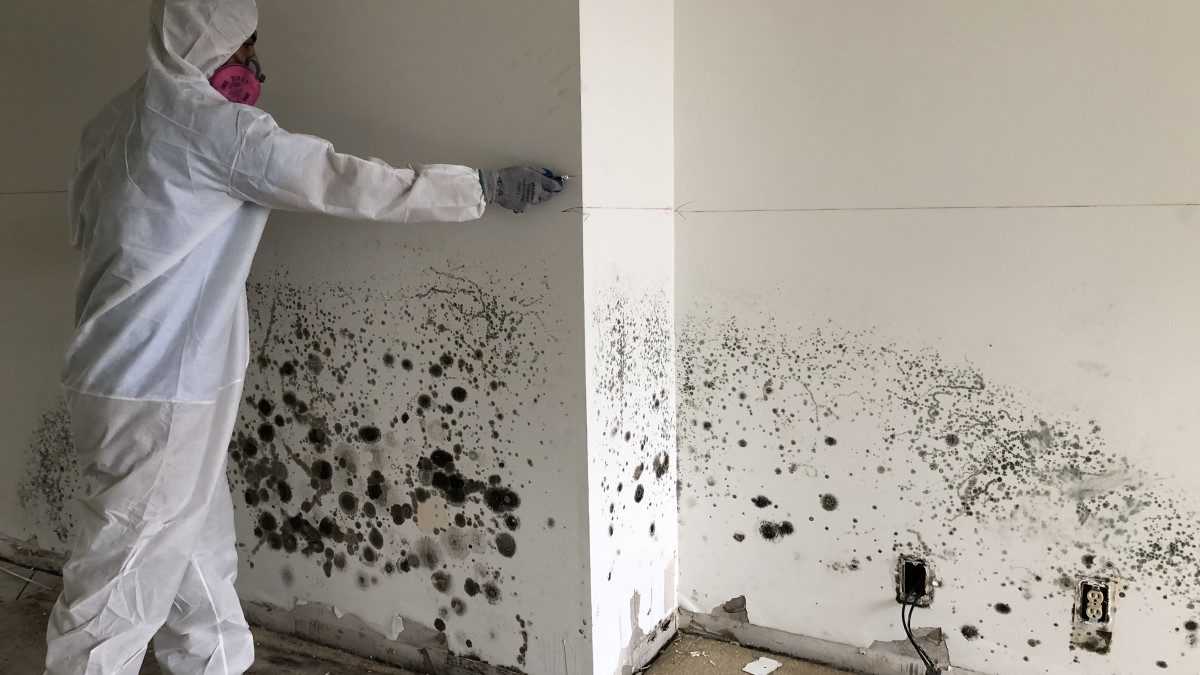
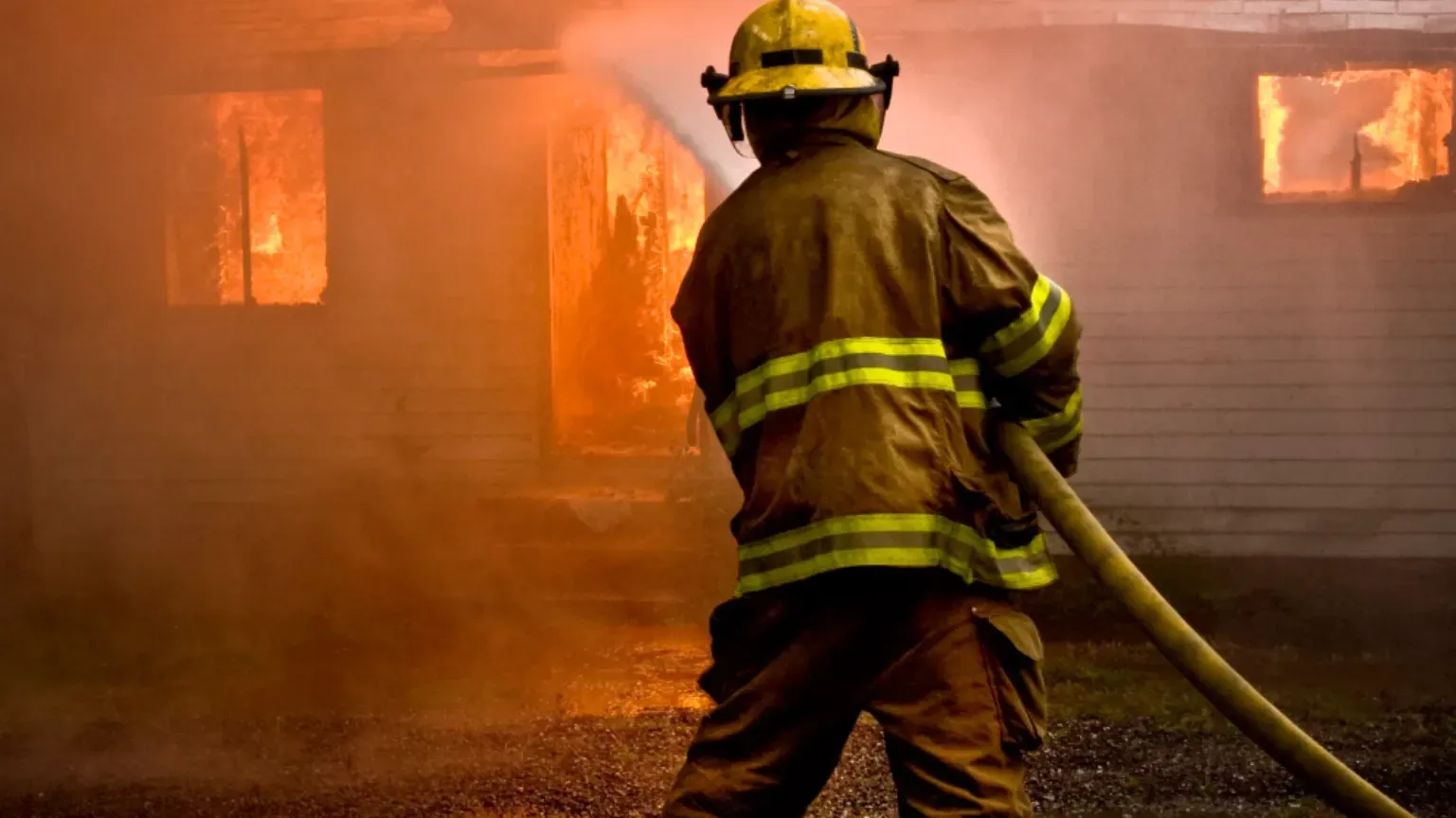

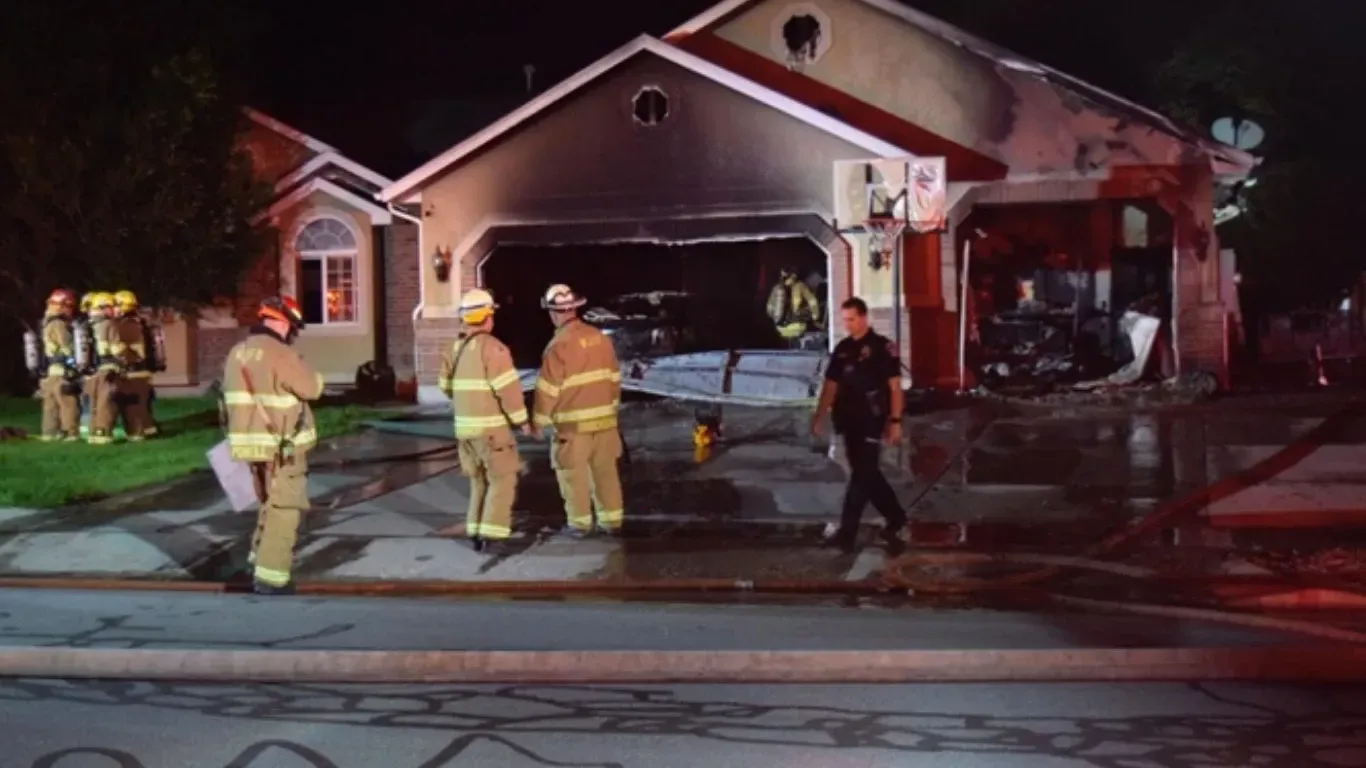

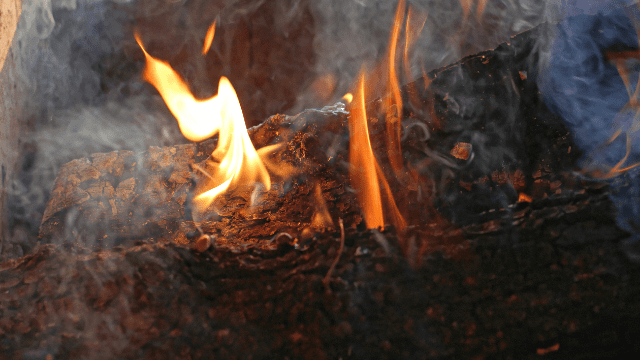
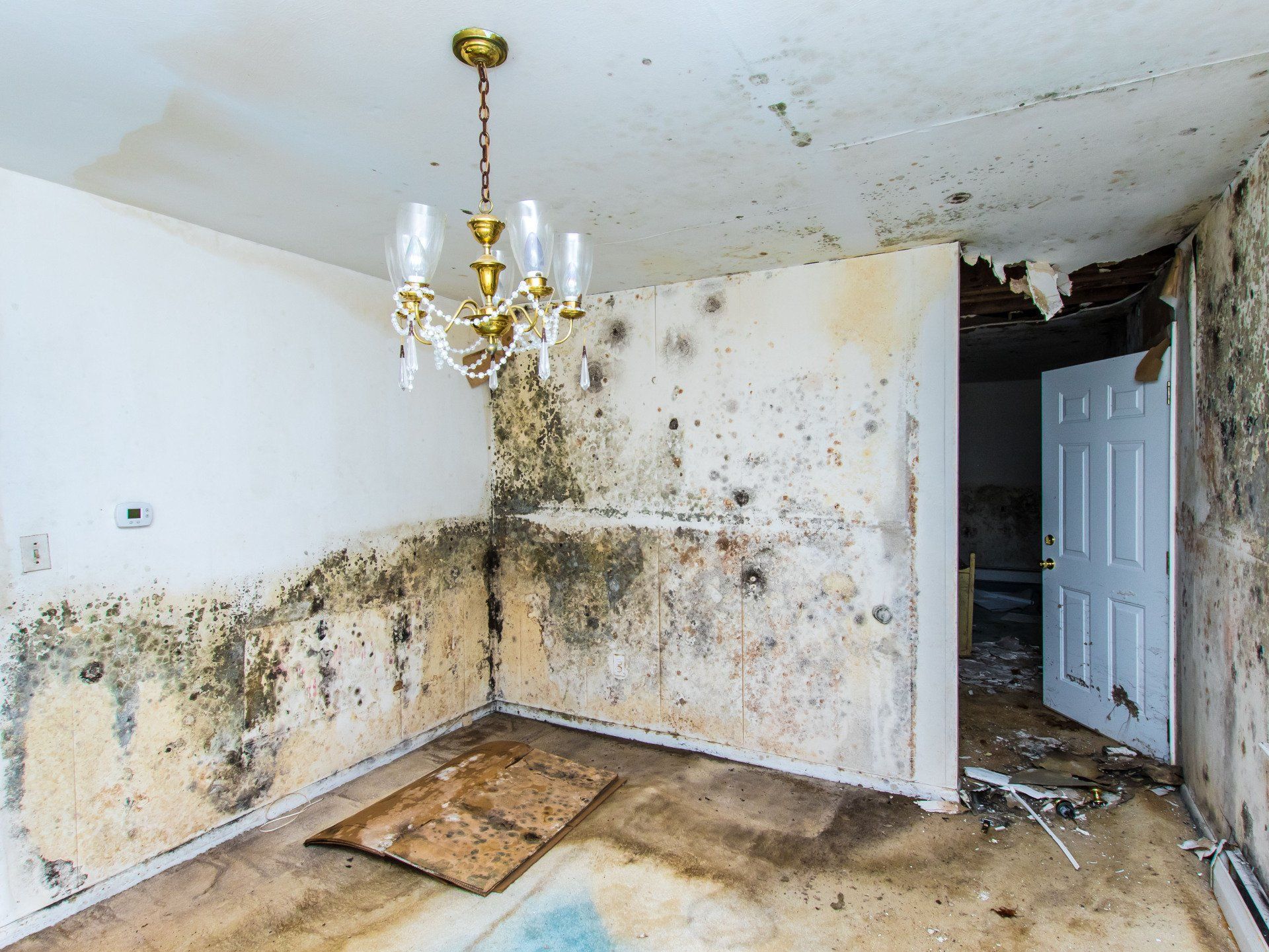

SERVING
and Surrounding Areas Including:

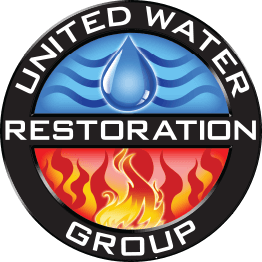
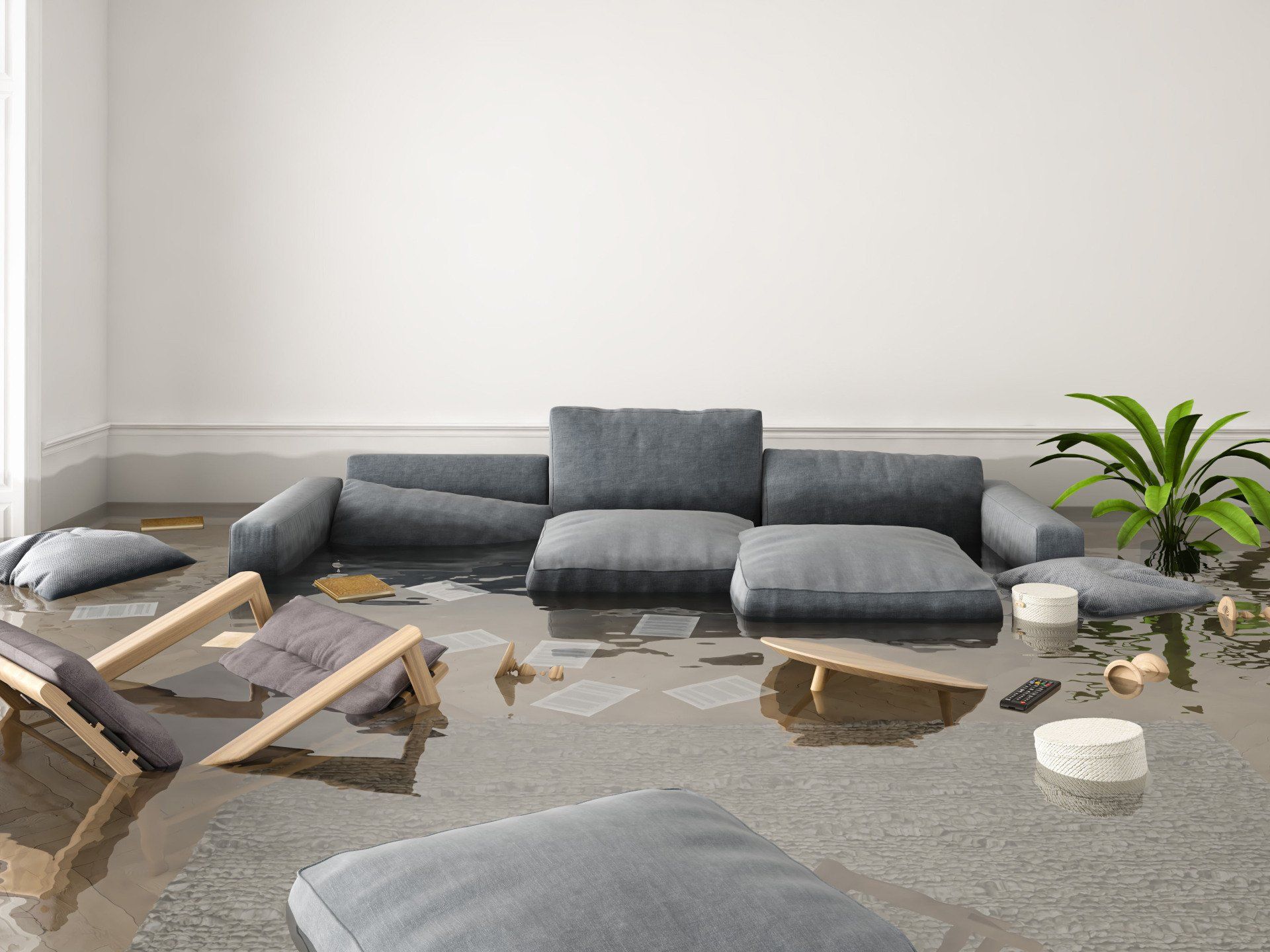
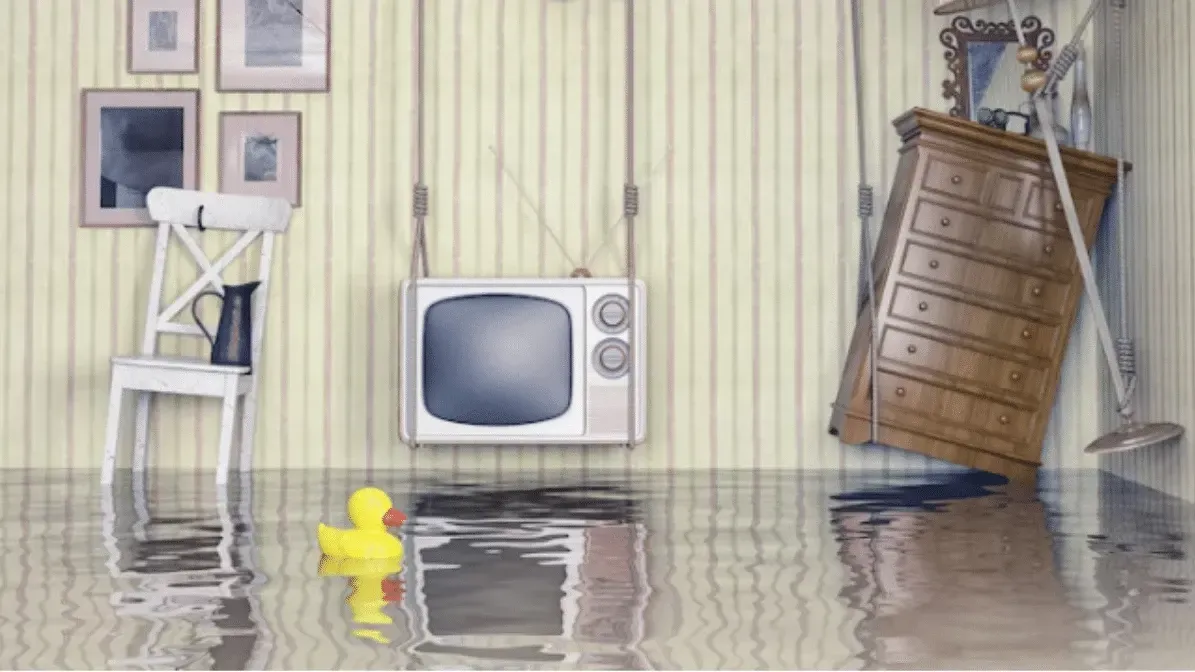
Share On: